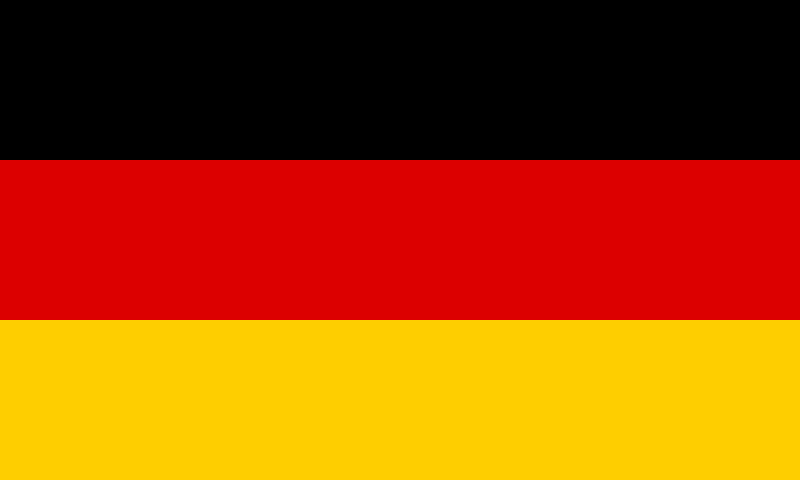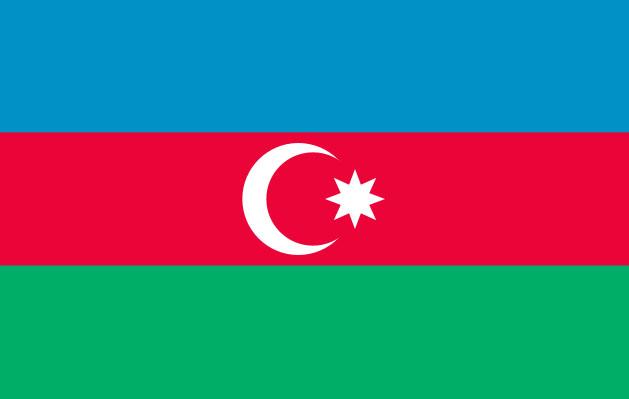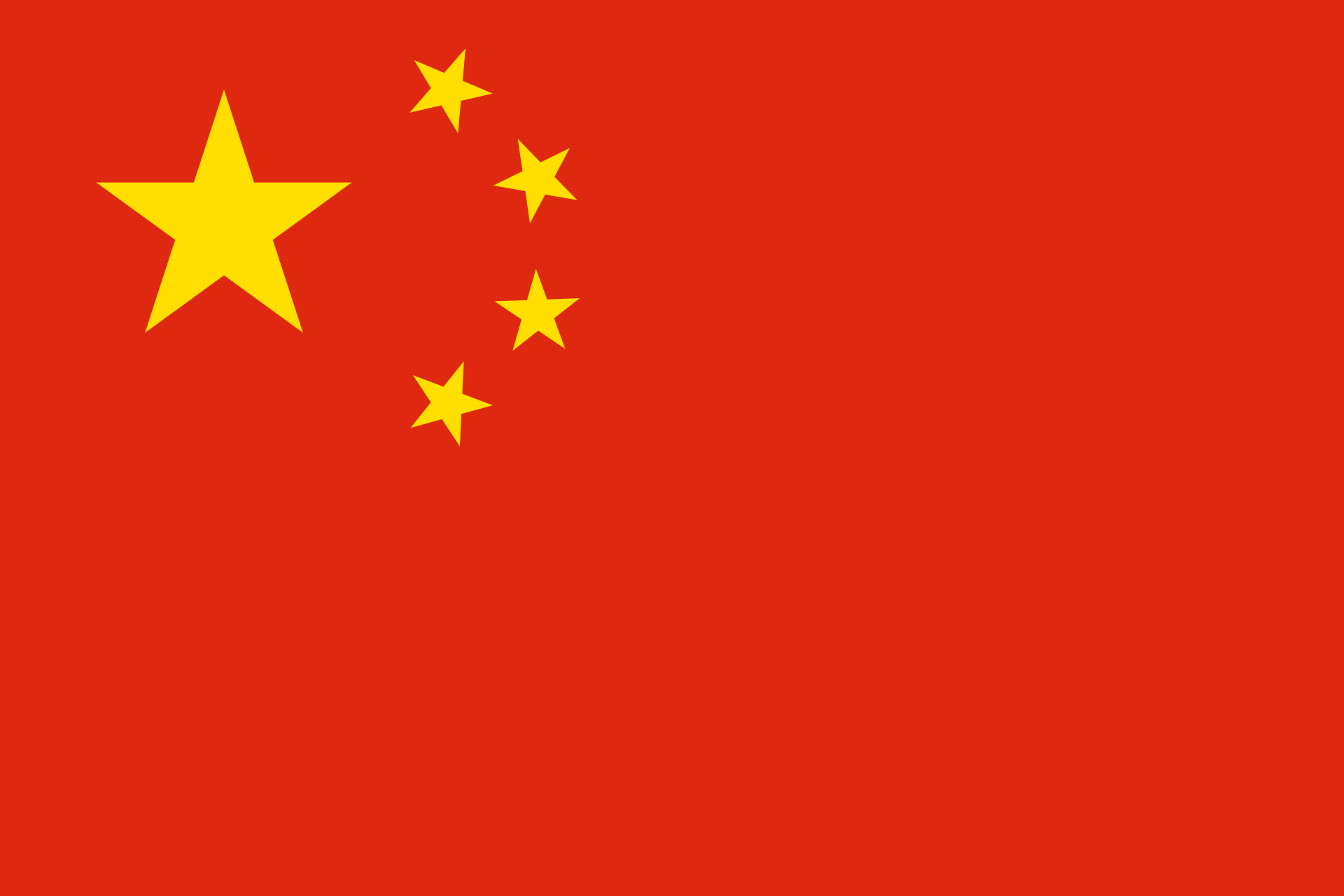Mae Sa-Kog Ma
Situated in the north of Thailand, this biosphere reserve comprises one of the most populated mountain areas of the country and encompasses the watershed of Thailand’s second biggest city Chiang Mai. Five natural ecosystems are represented in Mae Sa-Kog Ma: moist evergreen forest, hill evergreen forest, coniferous forest, mixed deciduous forest and dry dipterocarp forests. Most of the biosphere reserve overlaps with a major part of the Doi Suthep-Pui National Park.
About 14,000 people live within the boundaries of this national park (1987). Half of the population belongs to the ethnic minority group of Hmong and there are small numbers Karen, Shari, Yao, Lahu and Lisu. Only 46 % of the population are ethnic Thais. By the early 1990’s, land use within the biosphere reserve had undergone a remarkable change. In those villages which have developed paddy land, the cultivation of wetland rice continues to be an important subsistence activity. However, the permanent cultivation of cash crops, often with irrigation, has largely replaced shifting agriculture. Especially the Hmong villages have completely commercialized into tourism related occupations such as selling handicrafts and souvenirs. The Buddhist Doi Suthep temple and the royal palace also attract tourists. Ongoing research in the biosphere reserve has covered a wide range of resource management and environmental issues such as the heavy metal and nutrient contents of stream water and sediments, soil erosion and wildlife populations. Read more about this reserve on the UNESCO Biosphere Reserves website.





